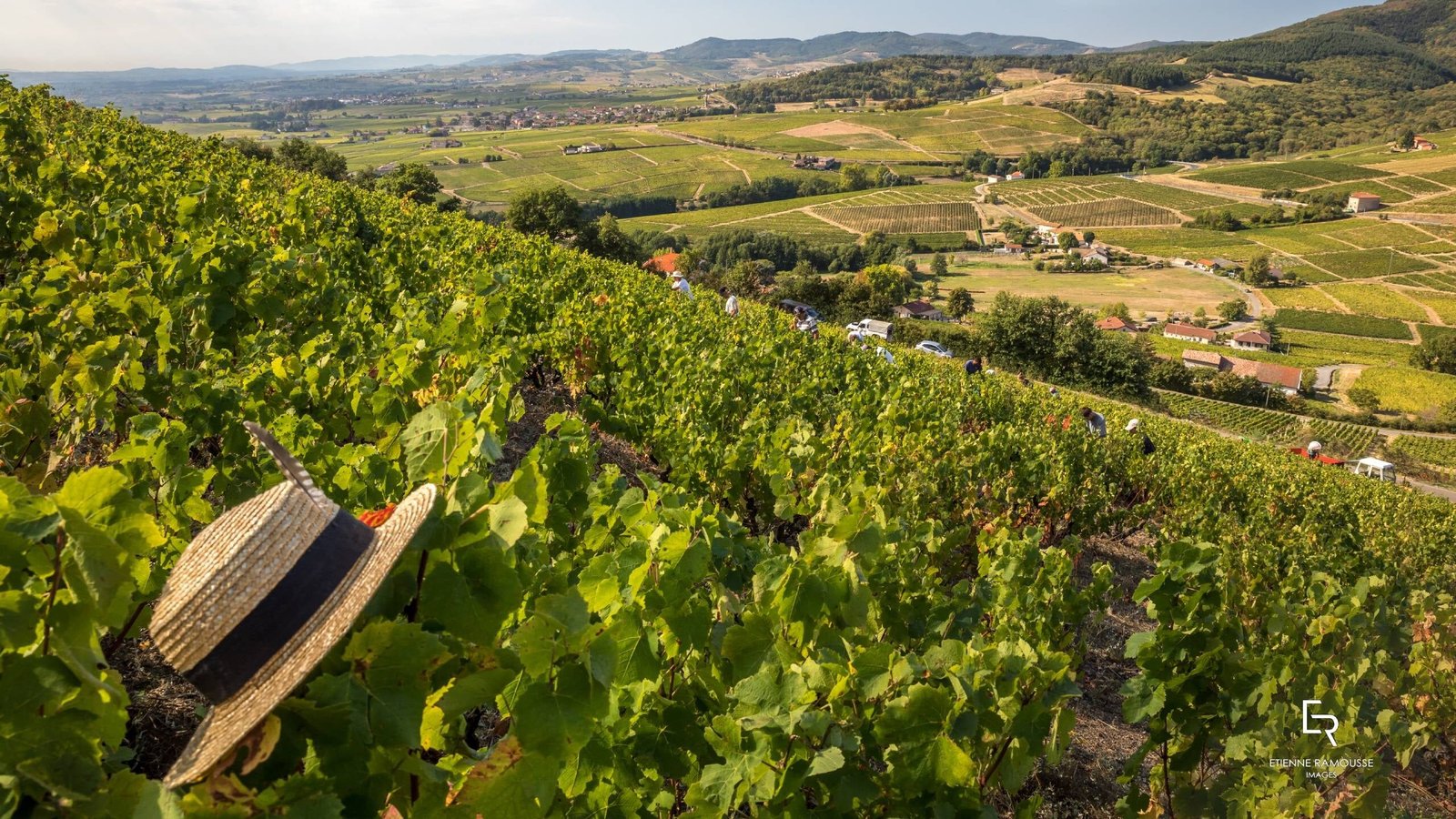The world of wine is a fascinating one, full of history, tradition, and unique flavors. One aspect that wine enthusiasts often discuss is the terroir, which refers to the specific characteristics of a vineyard’s environment that influence the taste and quality of the grapes. While all vineyards have their own terroir, old vineyards hold a special allure and charm that captivate wine lovers. In this article, we will explore how the terroir of old vineyards contributes to their unique and captivating qualities.
Old vineyards are often associated with a rich history and a sense of timelessness. Their gnarled vines, sometimes dating back centuries, are a testament to the dedication and care of the generations of winemakers who have nurtured them. These vineyards have a story to tell, and their terroir is a key part of that narrative.
The Influence of Soil
One of the most significant elements of a vineyard’s terroir is its soil. Old vineyards often have deep-rooted vines that have had years, or even centuries, to penetrate the soil and extract its nutrients. The soil composition plays a crucial role in the character of the grapes and the resulting wine. Different types of soil, such as limestone, clay, or gravel, impart distinct flavors and aromas. Old vineyards with unique soil compositions can produce wines with a remarkable complexity and depth.
Furthermore, old vineyards have often experienced years of natural erosion and weathering, which can lead to the development of complex soil structures. These well-drained soils allow the vines to grow deep roots, lending resilience to the plants and enhancing the overall quality of the grapes. The ability of the soil to absorb and retain water can also have a profound impact on the grapevines, providing them with the necessary hydration to thrive and develop unique flavors.
The Impact of Climate
Climate is another crucial factor in the terroir of old vineyards. Grapevines are highly sensitive to their environment, and the climate in which they grow has a direct influence on the grapes and, consequently, the resulting wine. Old vineyards often benefit from a stable and consistent climate, shaped by years of observation and understanding by the winemakers.
In regions with a moderate climate, the grapes can ripen slowly and develop complex flavors while retaining good acidity. This balance is particularly valuable in the production of high-quality wines. Old vineyards that have withstood the test of time have often found the perfect climate for their grapes, allowing them to flourish and produce exceptional wines year after year.
The Role of Microorganisms
Microorganisms are another key component of a vineyard’s terroir. Yeasts and bacteria, present in both the soil and the air surrounding the vineyard, interact with the grapes during the fermentation process, contributing to the unique characteristics of the wine. In old vineyards, these microorganisms have had years to establish themselves, creating a unique and stable community that enhances the flavor profile of the wines.
The presence of specific strains of yeast and bacteria in an old vineyard can contribute to the development of complex aromas and flavors. These microorganisms help break down the sugars in the grapes, transforming them into alcohol, while also releasing aromatic compounds that give the wine its distinctive bouquet. The diversity and richness of the microbial community in old vineyards add layers of complexity and depth to the final product.
The Wisdom of Experience
One intangible aspect of old vineyards’ charm is the wisdom that comes with age. Winemakers who have spent decades or even generations working with these vineyards have gained an intimate understanding of their terroir. They have learned how to adjust their winemaking techniques to bring out the best qualities of the grapes and the land.
These experienced winemakers have a deep respect for the vineyards they work with and utilize their knowledge to make informed decisions about pruning, canopy management, and harvest timing. Their expertise and intuition are invaluable in harnessing the full potential of the terroir and producing exceptional wines year after year.
The Unique Expression of Old Vines
Old vineyards offer a unique expression of the terroir that cannot be replicated in younger vineyards. The combination of soil, climate, microorganisms, and the wisdom of experienced winemakers creates a harmonious blend that is truly special. The wines produced from old vineyards often have a complexity and depth that cannot be easily found elsewhere.
When tasting a wine from an old vineyard, one can often discern the characteristics of the soil, the nuances of the climate, and the influence of the microorganisms. These wines tell a story of the land, the history, and the people who have devoted themselves to their craft. It is this unique expression that contributes to the allure and charm of old vineyards.
Conclusion
Old vineyards are a testament to the timelessness and beauty of winemaking. The terroir of these vineyards, shaped by centuries of care and observation, contributes to their charm and captivates wine lovers. From the influence of the soil and climate to the role of microorganisms and the wisdom of experienced winemakers, old vineyards offer a unique expression that is truly special. The wines produced from these vineyards tell a story, connecting us to the land, the history, and the people who have dedicated themselves to the art of winemaking. They remind us of the power and beauty of nature, and the remarkable flavors it can produce.
